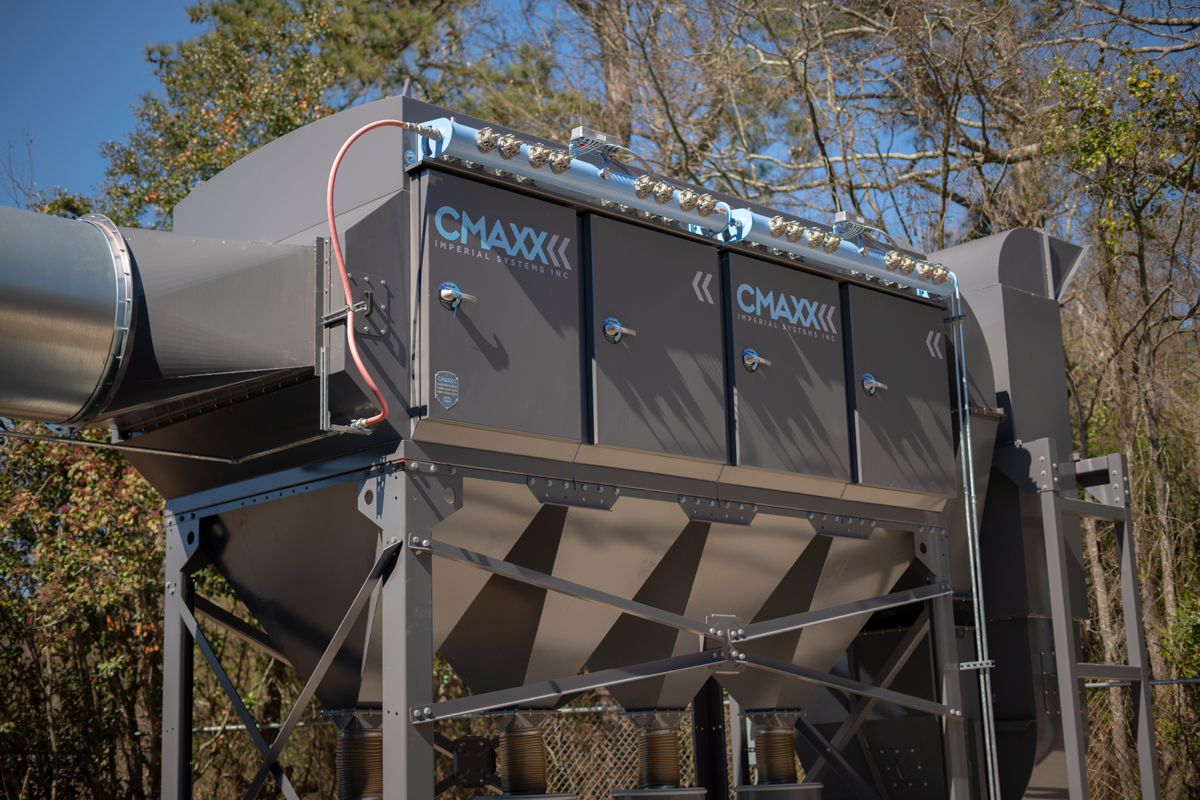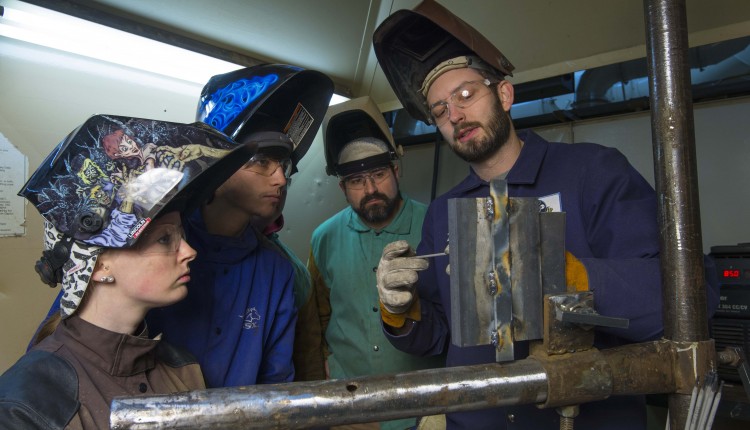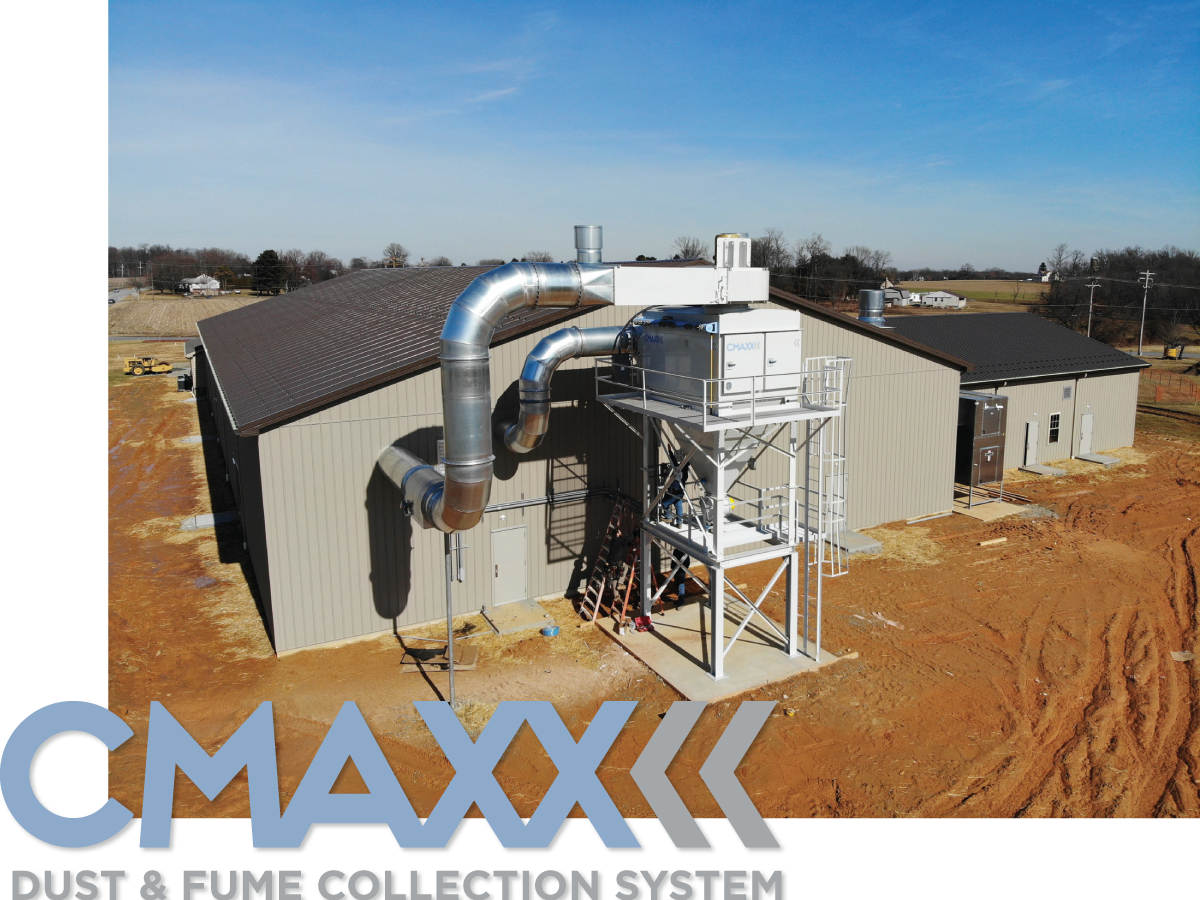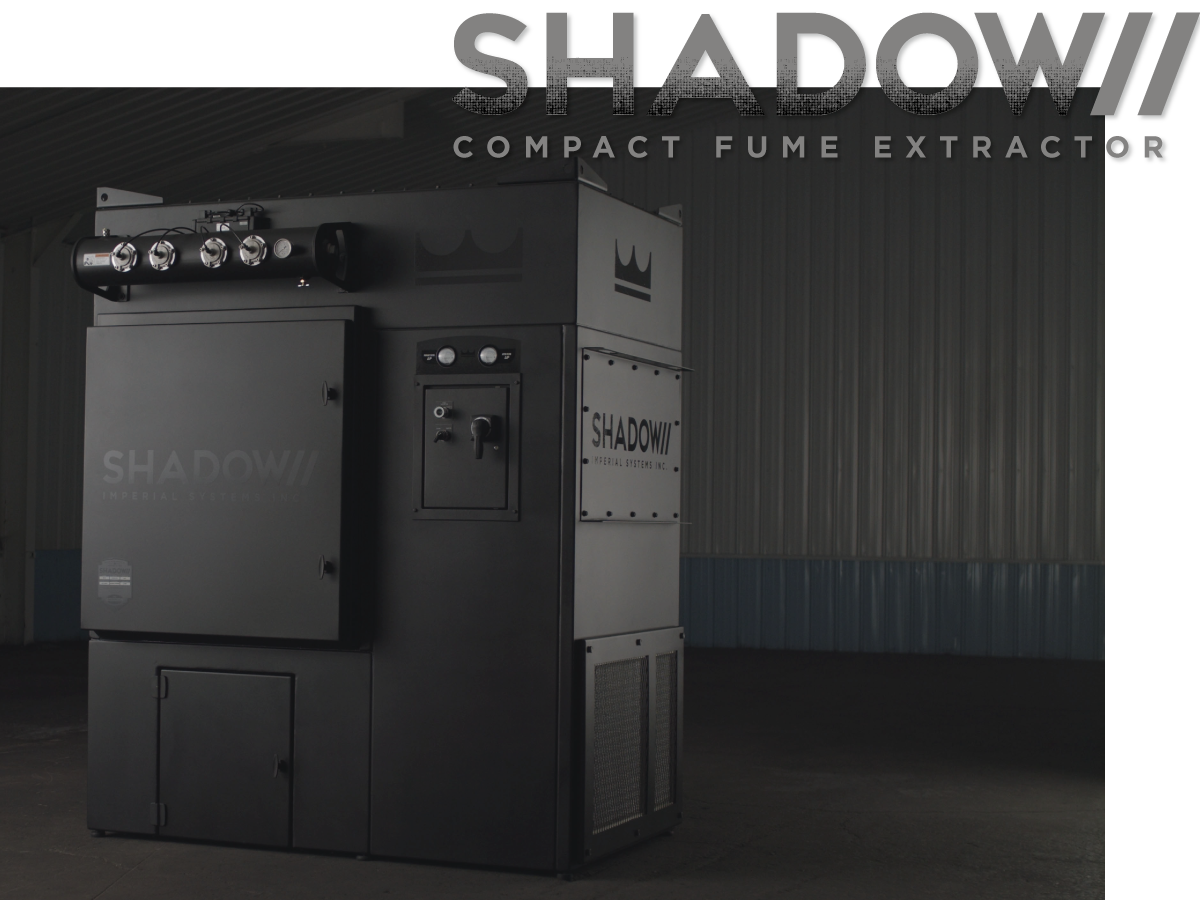Weld School Fume Extraction
With the average age of skilled welders increasing, it is becoming critical for welding trade schools to provide a clean and safe environment for the next generation to learn. The particulate produced by welding is very small and easily inhaled. Weld school fume extraction systems are essential to protect new skilled laborers and provide education on what a safe work environment looks like.
A Fume Extraction Solution for Each Custom Need
Imperial System’s experienced team of dust collection professionals can work with you to determine the best solution for your weld school fume extraction needs. A well designed system will provide the proper efficiency, require minimum maintenance, and be OSHA compliant. Depending on the size and layout of the weld school as well as the number of students enrolled, the best solution may include an ambient system, fume arms, or fume hoods.
Arclabs Welding School in South Carolina trusted Imperial Systems and our partner Atlantic Dust Collection to recommend and install the best fume weld school fume extraction solution for their facility. “The students completely love having that filtration system,” said Brett Vaughn, an Arclabs instructor. Imperial Systems provided a 24-cartridge ventilation unit that provided enough CFM for their current 40 weld booths as well as an additional 20 booths that they are planning on in the future.

“It’s literally a night and day difference. You would come in and there would be a cloud of weld fumes just hanging in the air. I don’t go home and hack and wheeze anymore.”
-Dylan Seymour, Arclabs Student
Increase Attendance and Attentiveness with Weld School Fume Extraction
With a cleaner and safer environment for students and facility to work in, trade schools are likely to see an overall increase in attendance and decrease in absenteeism due to illness. Students trying to learn in a fume-filled shop often find themselves missing class due to congestion or headaches caused by the poor air quality. A welding fume extraction system will provide a healthier environment for students to learn in.

It’s In Our Blood
At Imperial Systems, we are continuously adding to our team from trade schools. We have had the opportunity to introduce several students to a real working shop environment through the local trade school’s co-op program. Many of these students stay on as full time welders after they have graduated their programs. We are grateful for these programs for giving students the skills they need for a successful career in the trades.
Possible Equipment for Weld School Fume Extraction Applications
Chemical Suppression System
When a flame is detected, this system quickly disperses an explosion suppressant to keep the deflagration isolated inside the unit. This is a good option for when explosion venting is not a possibility based on the location and arrangement of the dust collector.
Spark Trap
Spark Traps are common in metalworking applications where there is concern over a spark entering the dust collector and starting a fire. A Spark Trap introduces turbulence to the airflow, knocking the spark around until it looses heat.
Rhino Drum
A Rhino Drum is a low cost, effective alternative to a rotary airlock. If the material being discharged from the dust collector is considered combustible, having a collection drum that can withstand an explosion adds another layer of safety to the system. Because sawdust, wood flour, and other wood dusts are considered combustible, a Rhino Drum is a good added safety option for these applications.
Abort Gate
An Abort Gate is typically situated on the return air side of the dust collector and protects the facility and employees in the event that a fire or explosion occurs in the unit. An Abort Gate can also be trigged by a spark detector or broken bag detector, preventing harmful material like fire and smoke from entering the building.
Explosion Venting
Explosion venting ensures that, in the unlikely event that a deflagration occurs in a dust collector, the built up pressure inside the vessel has a way to escape. Proper venting allows the event to diffuse instead of escalating into a more dangerous problem.
Explosion Isolation Valve
An Explosion Isolation Valve goes on the intake side of the unit and prevents fire from traveling back into the building in the event of a deflagration inside the collector.
Airlock
Our Airlocks maintain a consistent seal between the collection container and the dust collector while allowing material to continuously pass through. This seal also allows discarded material to be properly discharged, and prevents it from returning to the dust collector.
Fume Arms
Fume arms capture fume and particulate directly at the source. However, fume arms must be carefully positioned to work properly, and must be moved each time the welder repositions him or herself, or repositions the work.
Hoods
Hoods are a common alternative to fume arms because welding hoods don’t have to be moved or adjusted based on where the welding is occurring. The Air-Port Fume Exhaust Hood incorporates the duct as part of the two-legged layout for a compact design that takes up less floor space than standard four-legged designs.
Downdraft Tables
Downdraft tables may be a good solution for facilities that are working primarily on small pieces. These tables don’t require repositioning like fume arms, and consistently pull air and debris down. They may not be suitable, however, for any larger pieces that do not fit on the table. Some weld school fume extraction applications may call for a combination of downdraft tables, fume arms, and/or hoods.

